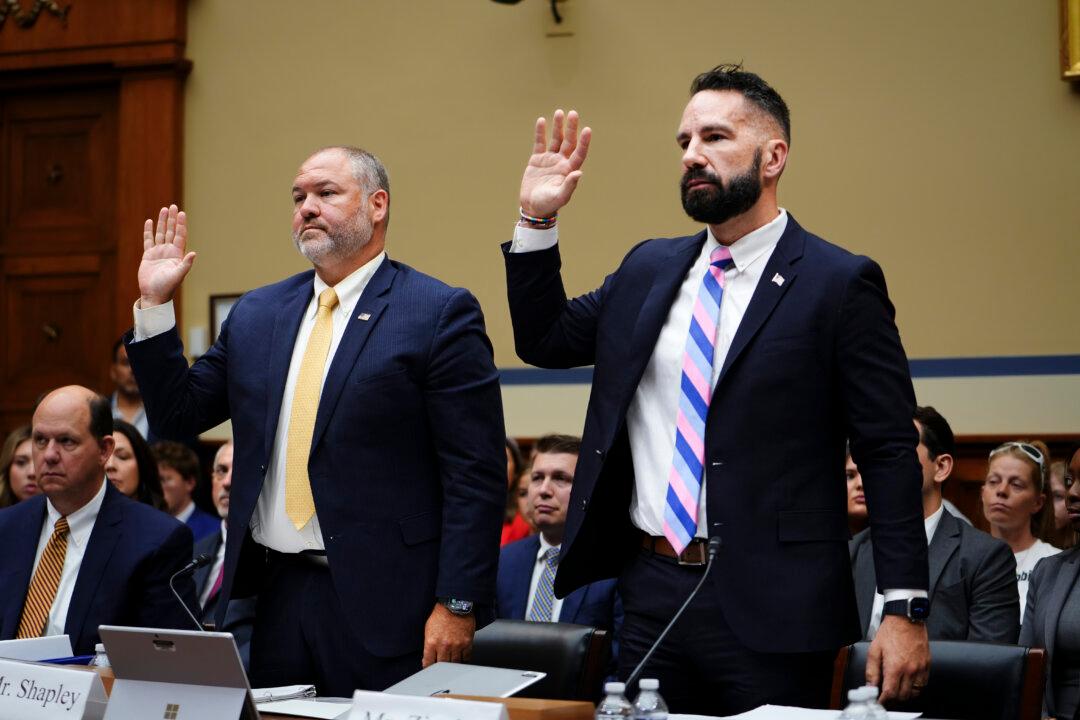WASHINGTON—Judicial Watch made public on Oct. 21 a 2012 email chain showing multiple senior U.S. State Department executives used then-Secretary of State Hillary Clinton’s unsecured private email to discuss the most sensitive details of the Sept. 11, 2012, terrorist attack on the U.S. Consulate in Benghazi, Libya.
Four Americans, including Ambassador Christopher Stevens, died in the assault, which within hours was attributed by the Obama White House to an internet video that critically portrayed Islam and its founder, Mohammed.





